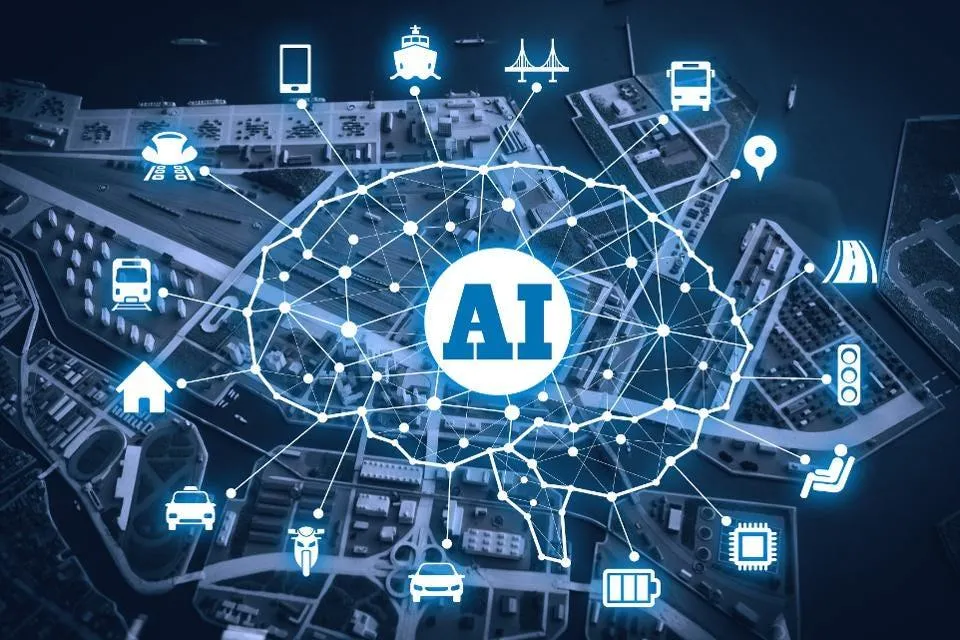
AI in Everyday Life: 10 Tools You Didn’t Know You’re Already Using
We tend to think of artificial intelligence as something out of a sci-fi movie—robot assistants, self-driving cars, or something far removed from daily life. But here’s the twist: AI is already baked into your routine, often in ways so subtle you barely notice it. It’s not some future-facing concept—it’s your keyboard, your playlist, your morning run.
Let’s pull back the curtain on ten AI-powered tools most of us use regularly without even realizing it. You don’t need a tech degree to appreciate how these smart systems quietly make your life easier, faster, and a little more magical.
1. Autocorrect, Predictive Text, and Smart Typing Assistants
Ever wonder how your phone always seems to know what word you're typing before you've even finished it? That’s not luck—it’s machine learning. Every time you misspell “definitely” or type “omw,” your keyboard is using AI to fix or predict what you're trying to say. These systems analyze billions of data points from human language to guess (with surprising accuracy) what’s next.
From autocorrect to full-sentence suggestions in emails, AI-driven language models are making our digital conversations smoother. While we might groan when it autocorrects “ducking” again, these tools are doing more heavy lifting than we give them credit for.
2. Recommendation Engines: Your Silent Shopping Buddy
If you’ve ever ended up binge-watching a new series on Netflix or bought an impulse item on Amazon, AI had a hand in that. Recommendation engines analyze your past behavior—what you watched, clicked, liked, or added to your cart—and use that data to serve up eerily relevant suggestions. It’s not just magic; it’s a math model learning your preferences.
These systems don’t just guess what you want; they learn how you think. That’s why Spotify seems to know what mood you’re in or YouTube queues up exactly the type of video you didn’t know you needed until 2 a.m.
3. AI Behind Voice Assistants: “Hey Siri, What’s AI?”
Voice assistants like Siri, Alexa, and Google Assistant are more than just hands-free search tools—they’re powered by natural language processing (NLP), a key branch of AI. When you ask Siri to set a timer or tell you the weather, it’s decoding your voice, understanding context, and responding in real time—all thanks to complex algorithms trained on countless speech patterns.
But it goes deeper. These assistants can now learn from your habits. If you ask Google Assistant to turn on your lights at 7 p.m. every night, it will start suggesting that routine automatically. They’re getting smarter because they’re learning you.
4. Email Spam Filters and Smart Replies
Let’s be honest—most of us never think about the filters keeping spam and scams out of our inbox. But they’re there, working tirelessly behind the scenes. AI scans for suspicious keywords, weird patterns, and phishing behaviors, and then quietly keeps your inbox clean.
And those quick-reply buttons in Gmail like “Sounds good!” or “I’ll take a look”—yep, AI again. Google trains its systems on billions of real emails to predict how you might respond. It saves you time, and it keeps your messages moving—without you having to lift more than a thumb.
5. AI in Your Photos: Filters, Tagging, and Face Unlock
When your phone organizes photos of your dog, your niece, or that trip to the beach, AI is behind the curtain. Facial recognition software can now tag people, scan for smiles, or detect pets—sorting your memories in ways you didn’t have to.
Even filters on Instagram and Snapchat use machine learning to map your facial features in real time. Ever tried face unlock on your phone? That’s AI comparing unique facial points against a stored model, all in a split second.
6. Fitness Tracking and Health Monitoring
That smartwatch on your wrist? It’s not just a step counter. Devices like Fitbit, Apple Watch, and Garmin use AI to interpret your movement, sleep cycles, heart rate, and even blood oxygen levels. The data is crunched using AI to provide insights like stress levels, readiness scores, or sleep efficiency—all tailored to your body’s unique signals.
Many newer apps and wearables now offer health suggestions, reminders, and even early alerts for irregularities, like atrial fibrillation, based on predictive models. You’re not just tracking health anymore; you’re getting real-time AI coaching.
7. AI Working in the Background: Traffic Maps, Banking, and Security
Some of the most powerful AI systems are the ones you never see. When Google Maps reroutes you because of an accident, that’s AI analyzing real-time data from other drivers and traffic sources. When your bank freezes your card after detecting “suspicious activity” in a state you’re not in—that’s machine learning scanning for fraud patterns.
Here’s a quick list of silent AI at work:
Banking apps using AI to prevent fraud and personalize financial tips
Streaming quality adjustments that optimize video playback based on your internet speed
Home security systems that recognize familiar vs. unfamiliar faces
Job application systems that screen resumes using AI before a human ever sees them
These tools don’t ask for your attention—they just quietly make things safer, faster, and more personalized.
Final Thought: AI Is Not Just the Future—It’s the Present
Most of us don’t wake up thinking, “Time to use some AI today.” But whether you're replying to an email, finding your way across town, or streaming your favorite playlist, you already are. AI has become so seamlessly embedded in our everyday lives that it feels natural—even invisible.
The truth is, AI isn’t just a tech trend or a buzzword—it’s a growing part of how we live, work, and connect. And the more you recognize where it’s working around you, the more empowered you’ll be to use it intentionally.
